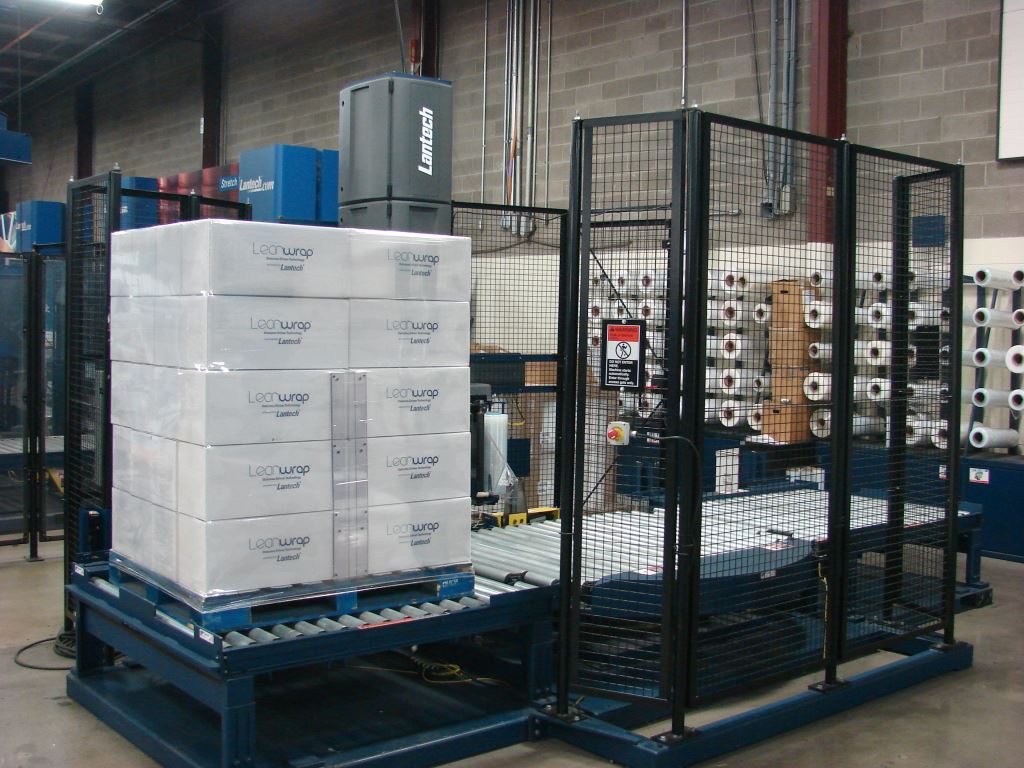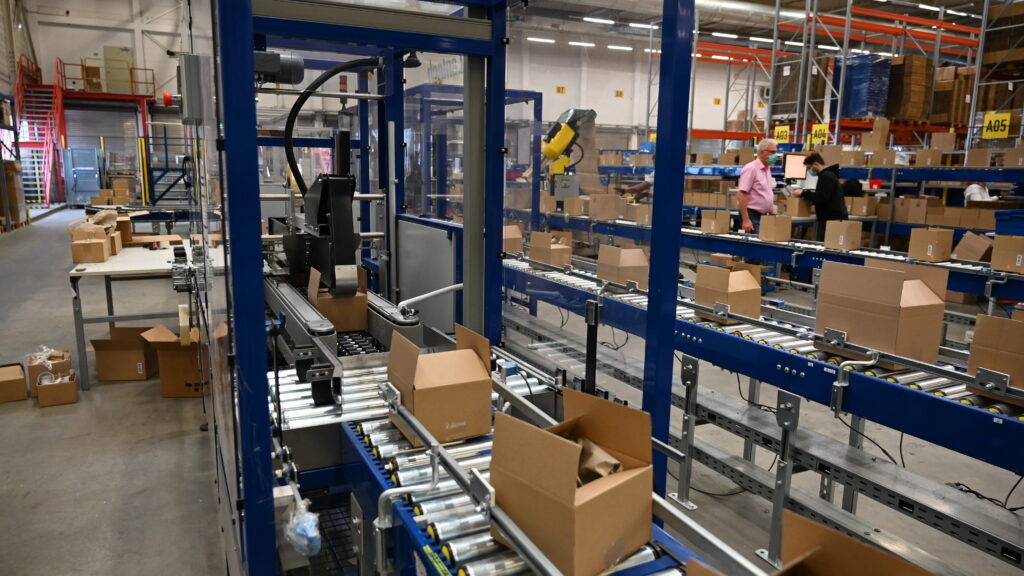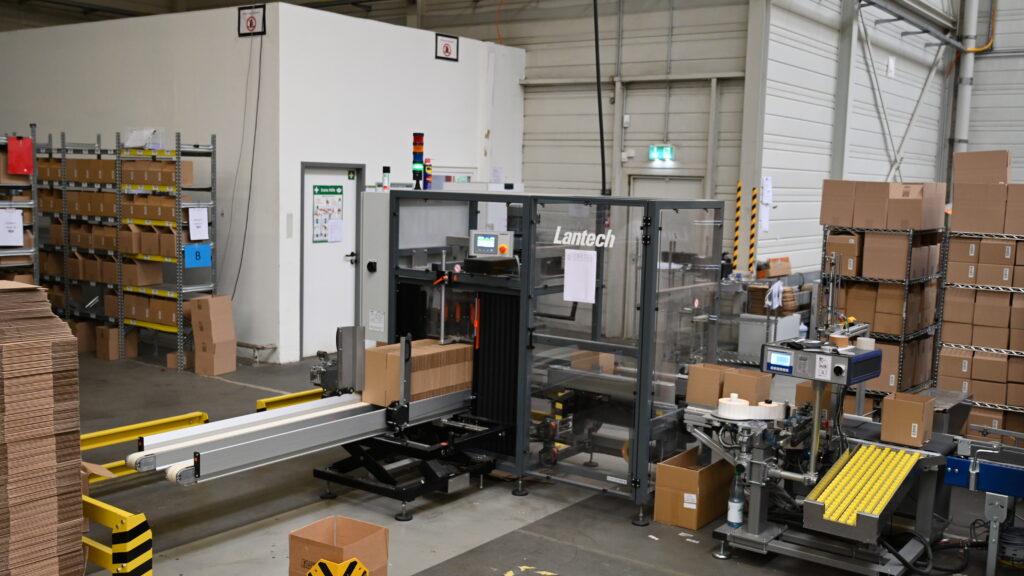Pallets have become a critical element of modern logistics and international trade. They significantly simplify the transportation and storage of goods, allowing for reduced costs and increased efficiency. This article will explore the evolution of pallets and their role in the development of global logistics and trade.
Article Contents:
- The history of pallets, from their use in ancient times to their modern application.
- The emergence of standardized pallets after World War II and their impact on transportation and warehousing.
- The development of warehouses and new storage technologies thanks to pallets.
- The globalization of pallets as a key element of international trade.
- Innovations in pallet design, digital technologies, and automation that are changing the future of pallets.
Early History of Pallets
The first references to the use of wooden pallets can be traced back to ancient times, particularly in Mediterranean regions such as Ancient Greece and Rome. Pallets were used for transporting goods in marketplaces and for storing various types of cargo. At that time, they were primarily used for transporting items like grain, oil, and wine. However, these pallets lacked standardized sizes and had quite primitive constructions.
The Beginning of Pallet Use in Warehousing in the Mid-20th Century:
The significant development of pallets began in the mid-20th century when they were actively used for storage in warehouses and transportation. This began primarily in regions such as North America, Western Europe, and Japan, where industrial and logistical processes were rapidly developing. At this time, pallets became an integral part of logistics, significantly reducing transportation and storage costs.
The emergence of pallets improved the transportation of goods such as:
- Food products
- Furniture
- Construction materials
- Textile products
Lack of Standardization and Early Attempts at Optimization
At the start of pallet usage, there was no uniform standard for their size, which made them difficult to use across different regions. This caused difficulties in transporting goods, as different types of pallets were required for various transportation methods and warehouses. The first attempts at standardization began in the mid-20th century, which helped lower transportation costs and increase the efficiency of logistical processes.
The Rise of Pallets: Post-War Era
After World War II, pallets became much more widely used, contributing to the development of transportation infrastructure. The restoration and development of freight transport, as well as the growing demand for standardized solutions, were key factors in the popularization of pallets. The emergence of standardized pallets after the war marked a key milestone in the development of logistics. Previously, various types of pallets were used, causing difficulties with transporting and storing goods. The introduction of standards helped ensure the convenient storage of goods and improved logistics efficiency. This allowed for reduced costs in handling goods and accelerated the loading and unloading processes.
The Demand for Pallets Due to the Development of Transport
Thanks to the development of road, rail, and sea transport, pallets became a necessary element for ensuring the rapid and safe transportation of goods between continents. The introduction of pallets significantly optimized the use of space in containers, trucks, and warehouses. This greatly reduced transportation costs and sped up logistics processes.
Advantages of Pallets in Transportation:
- Increased space efficiency
- Simplified loading and unloading of goods
- Reduced damage to goods
- Lower transportation costs
- Easy standardization and compatibility with different transport types
Introduction of Standards: 48×40 Inch Pallet
The 48×40 inch pallet size standard was introduced in 1960 by the Grocery Manufacturers Association (GMA) in the United States. This size became the standard for most freight and storage operations, particularly in North America and later in other countries. The standard allowed for a significant increase in the efficient use of space both in warehouses and transport vehicles. Thanks to this size, pallets became a universal element of logistics, promoting the growth of global trade and simplifying the integration of logistics chains on an international level.
Pallets and the Evolution of Warehousing
The development of warehouses and new storage technologies significantly changed the role of pallets in logistics. With the advent of automated systems and new pallet handling technologies, pallets became the foundation for automating warehouse processes. This led to a significant increase in warehouse efficiency and a reduction in handling costs. Automation also ensured greater accuracy and speed in freight transportation, reducing the time needed for logistical operations.
The Impact of Pallets on Warehousing and Freight Automation:
Pallets allowed for the automation of not only storage processes but also the handling of goods. They became an essential element for robotic systems such as automated shelving and conveyors, significantly boosting warehouse productivity. With the introduction of technologies like Turntable Semi-Automatic Stretch Wrappers (by our founder, Pat Lancaster and his brother Bill Lancaster) and forklifts, the need for manual labor was significantly reduced, and the time required for handling goods was minimized.
The Emergence of New Pallet Handling Technologies:
- Turntable Semi-Automatic Stretch Wrappers: Ensuring automated wrapping of goods with film for protection and easy transport.
- Conveyor Systems: Streamlining the movement of goods within warehouses.
- Forklifts: Facilitating the movement of palletized goods.
- Robotic Systems: Increasing speed and precision in handling.
Future of Pallets
Pallets are already an ideal standardized product for transporting and storing goods, with sizes and designs that meet the needs of modern logistics. Thanks to standardization, pallets significantly simplify the processes of transportation, storage, and handling of goods. Changes that may occur in the future mainly concern the use of new materials that make pallets lighter and stronger. All other aspects of pallet design are optimized for effective use of space in transport and warehouses.
The future of pallets focuses on improving the processes of loading and transportation. In particular, innovations in the automation of pallet loading and handling will significantly enhance the speed and efficiency of these processes. The development of robotic systems and automatic stretch wrappers will make the handling of goods even faster and more precise.
Conclusion
Pallets have come a long way from simple wooden platforms to a vital element of global trade. They have significantly transformed logistics by reducing costs and increasing the efficiency of the global economy.
FAQ
1. How do pallets improve transportation efficiency?
Pallets simplify transportation by allowing efficient use of space in vehicles and reducing loading and unloading time.
2. What is the size of standard pallets?
The most common size for a standard pallet is 48×40 inches, which ensures optimal use of space.
3. How do pallets contribute to reducing logistics costs?
Pallets significantly reduce costs for transportation and storage by standardizing and efficiently using space.
4. How do pallets help automate warehouse processes?
Due to their standardized size and design, pallets make it easier to integrate automated systems for handling goods.
5. How do pallets contribute to global logistics?
Pallet standardization simplifies international trade and reduces costs for handling goods worldwide.






